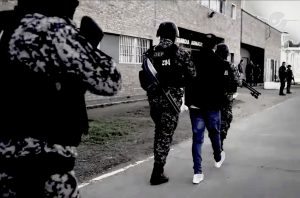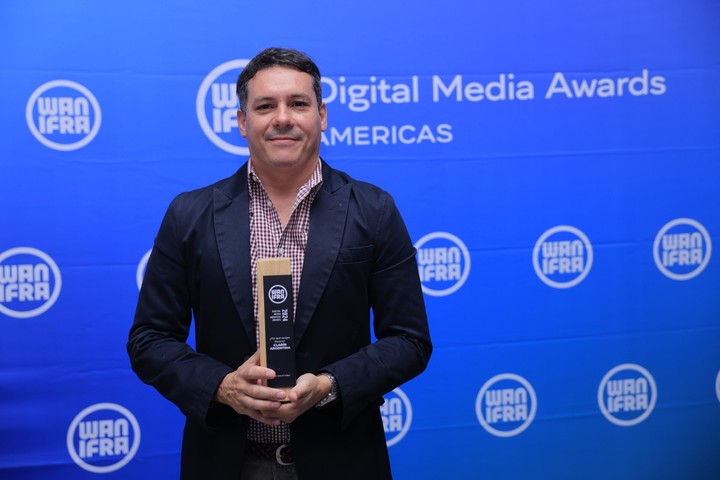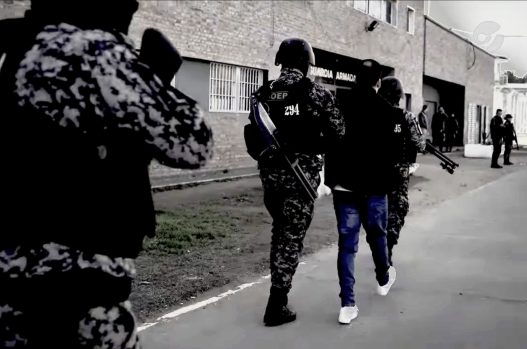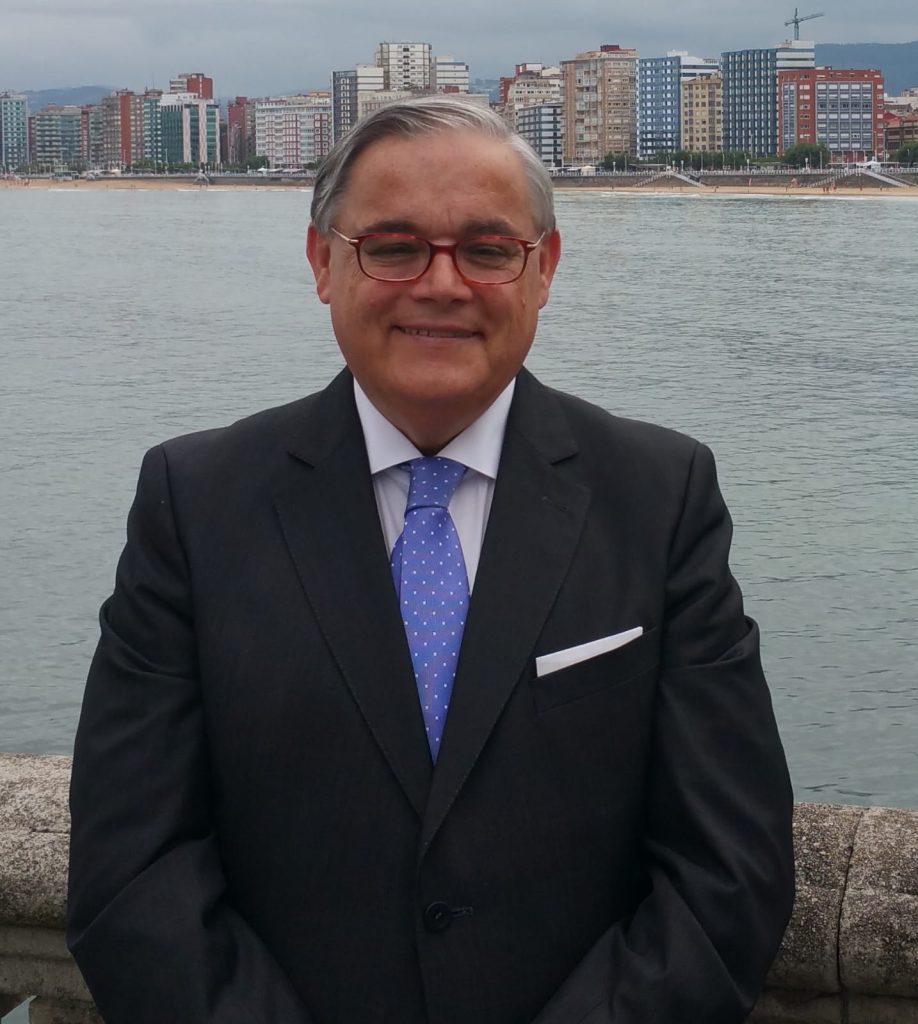
'WHY DOES ROSARIO BLEED?': CLARÍN'S REVEALING DOCUMENTARY ON NARCOS WON DIGITAL MEDIA AWARDS AMERICAS
Taken from Clarín
“¿Por qué sangra Rosario?”, Clarín’s revealing documentary on the drug trafficking drama in Argentina, won the Best Use of Video category at the Digital Media Awards Americas 2024, one of the most important journalism awards in the region.
Clarín’s documentary competed against 140 other works from 17 countries in North, Central and South America.
This production, which required months of work and obtained exclusive testimonies, has been viewed more than 290,000 times on the web and another 341,000 times on YouTube since its premiere in December last year. It is also exclusively available on Flow’s on demand platform.
This award, given by WAN-IFRA, the worldwide association of newspaper and news publishers, recognizes the efforts of publishers who have developed unique and original initiatives in the field of digital media, driving innovation and with the help of new tools and formats.
By winning the regional edition at the awards ceremony held in Panama, “¿Por qué Sangra Rosario?” qualified to compete in the WAN-IFRA World Digital Media Awards to be held in Denmark next month.
The one-hour documentary was entirely produced by Clarín’s audiovisual team, with a joint work of many areas, such as Video, Photography, Police, Networks and Marketing.
Federico Briem Stamm, head of Photo and Video of the newspaper, is the executive producer and interviewer together with Virginia Messi and Juan Britos, who also did the journalistic production.
It was also directed by Marcelo Ferreiro, produced by Marcelo Figueroa, edited by Emanuel Flax and the work of 20 other professionals of the newspaper to try to answer the complex question that gives it its title.
The result was a documentary of unique characteristics: for the first time a media outlet was able to interview in prison, face to face, the three main drug dealers in Rosario, protagonists of a war that caused 2,000 deaths in a decade.
The three prisoners are considered to be highly dangerous and are in isolation precisely because of their high-risk profile. The leader of Los Monos, Ariel “Guille” Cantero, answered everything he was asked during a two-hour interview. The same happened with his arch enemy, Esteban Líndor Alvarado, and with Peruvian Julio Rodríguez Granthon, the biggest cocaine supplier in the city.
It took 16 months of negotiations and the processing of 18 authorizations from seven different courts to reach them. In addition to these central testimonies, for the documentary 39 interviews were conducted with two production units in parallel with police, elite corps, politicians, prosecutors, officials, former officials, drug traffickers and victims, and live recordings were taken of operations in the most dangerous neighborhoods where the drug traffickers are located.
In the Marcos Paz Prison Complex 2, from where he managed to keep his extortion system intact, Cantero assured that his mouth was sewn shut twice. “It’s because of the isolation in which I live, I don’t know what to do anymore. They sentenced me to 120 years, I’ve lost count. I’m dying to talk to someone. I don’t know if I’ll make it to 70, sometimes I can’t even get out of bed,” said the leader of Los Monos.
Detained in Ezeiza Prison Complex 1, his historic rival Alvarado refused to be characterized as a drug lord. On the other hand, Granthon – also imprisoned in Marcos Paz – admitted to the Clarín team that he was “recognized as an important supplier in Rosario. He was bringing down some 400 kilos of cocaine a month. The quality? 93, 94 percent”. The drug lord also assured that “the war and violence will continue until there is only one boss.
The documentary expresses a risk that reality ended up confirming: that violence in Rosario was going to increase. And that happened this year, with the escalation that resulted in attacks by hired killers that in March claimed the lives of victims such as a 20-year-old beach boy, two cab drivers and a bus driver.
Meanwhile, Rosario continues to bleed.
————
This article was originally published in the Argentine newspaper Clarín, with whose permission we reproduce it here.




